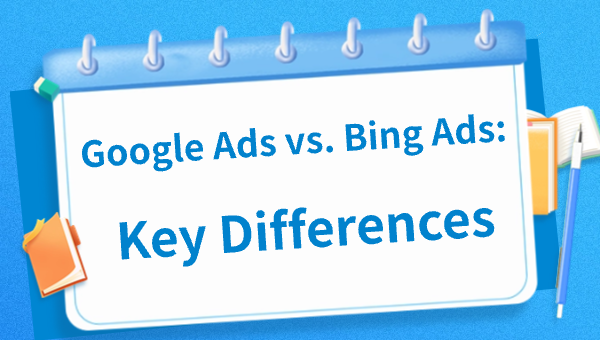Google Ads vs. Bing Ads: Key Differences
Introduction: Understanding Platform Nuances for Smarter Cloaking
In the fast-paced world of digital advertising, choosing the right ad platform isn’t just about traffic volume—it’s about technical flexibility, approval timelines, and risk management, especially for those using cloaking systems like adcloaking.com. While Google Ads and Bing Ads may seem similar on the surface, there are critical differences that influence cloaking strategy, compliance handling, and campaign efficiency.
Audience Composition and Market Reach
Google Ads commands a significantly larger share of the global ad market, offering advertisers access to billions of search queries daily. This makes it a strong option for campaigns that require broad exposure.
However, Bing Ads (now Microsoft Advertising) serves a unique segment: desktop users, older age groups, and professionals who often use Microsoft products by default. For cloaking practitioners, this audience can represent a lower-risk, high-conversion demographic, especially in Western markets like the U.S., Canada, and the UK.
Approval Speed and Tolerance for Redirects
One of the most decisive differences lies in ad approval protocols. Google Ads employs advanced machine learning and manual auditing, often flagging redirects and inconsistent content within minutes of ad submission.
Bing Ads has slower and sometimes less thorough checks. This gives advertisers using cloaking software more time to manage redirect behavior and improve survival rates. Many users find that cloaked campaigns remain live longer on Bing with fewer automatic shutdowns.
Policy Enforcement and Penalties
Google's strict enforcement means even minor policy violations can result in immediate account suspensions. Their systems detect cloaking patterns like mismatched meta-data, deceptive landing pages, and fast redirects.
In contrast, Microsoft’s policies—while aligned with Google’s on paper—are often less aggressively enforced. As a result, cloaking strategies involving geolocation filtering, UA detection, or smart redirects can be more reliably executed with lower penalty risk.
Data Integration and Targeting
Google Ads integrates deeply with Google Analytics, Search Console, and Tag Manager—creating both opportunities and vulnerabilities. Improperly cloaked redirects may trigger alerts across multiple linked accounts.
Bing offers less seamless but more isolated integrations. For cloaking campaigns that involve advanced traffic segmentation, this isolation can be an advantage—it reduces cross-platform flagging and provides more granular testing without risking other connected properties.
Cost Effectiveness
CPC rates on Bing Ads are usually 30–50% lower than those on Google for the same keywords. This gives affiliate marketers and gray-hat advertisers more room for experimentation without burning high budgets. That said, Bing’s total volume is lower, and scaling success will require broader keyword spreads and continuous optimization.
Technical Compatibility with Cloaking Software
Modern cloaking software, like that from adcloaking.com, is tailored to handle the strict technical requirements of Google—real-time redirects, fast loading fake pages, dynamic user-agent recognition, and IP filtering.
On Bing, while these features are still useful, the tool’s flexibility allows lighter configurations. For users just entering the cloaking space, Bing may offer a smoother learning curve.
Conclusion: Choose Based on Your Cloaking Goals
If your priority is access to massive traffic and you can manage tight compliance, Google Ads is unmatched. If your goal is to test cloaked funnels with greater leniency and lower CPCs, Bing Ads might be the wiser choice. Regardless, pairing your campaigns with a sophisticated cloaking engine like adcloaking.com is essential for sustainability and scale.

